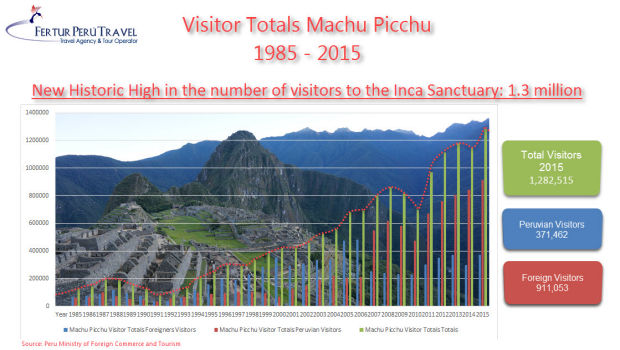
Is Machu Picchu losing its allure with record numbers flocking to the site?
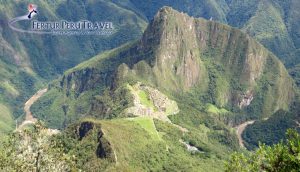
The daily average number of visitors during the high season months of July, August, and even October, swelled to well over four thousand people per day.
(Time to throw out the oft-cited 2,500 daily limit once and for all. It hasn’t been observed since 2011, when Peru celebrated the centennial of Machu Picchu’s scientific discovery by Hiram Bingham.)
These higher figures could have easily fit into a narrative about the unbridled commercialization and “ruin” of Machu Picchu.
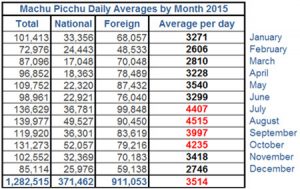
With those measures, Peru averted the long-feared threat of Machu Picchu being added to UNESCO’s list of endangered cultural heritage sites. UNESCO’s chief Kishore Rao went out of his way to praise Peruvian officials for their management of Machu Picchu.
“Their labor reflects the perfect state of conservation and maintenance of the site, which is admired by the whole world,”Rao said.
Still, with such large crowds, how is it possible that Machu Picchu hasn’t lost its spirit of mystery, the spark of inspiration that elevates it to the category of cultural heritage of humanity?
I say it hasn’t. I base that, in part, on my own experience every time I return to Machu Picchu and get that first glimpse of the gleaming white granite structures poetically melded into the natural landscape.
I also did some research the other night — something that most people coming to Peru for the first time probably do on their own. Only, I really went for it. I scanned, page-by-page, hundreds of review titles of Machu Picchu posted during 2015 on TripAdvisor. I paid special attention to see if there was a correlative rise in negative reviews with those particularly crowded months.
Bleary eyed from that exercise, this is what I found.
Overwhelmingly, the post titles reflect jubilant raves, even during the months of July through October, when totals averaged upwards of four thousand visitors per day. Occasional critiques about Machu Picchu being too crowded, too costly or generally not everything it’s popularly cracked up to be are dwarfed by hundreds of tourists extolling Machu Picchu as “WOW AND WOW AGAIN AND AGAIN AGAIN……,” “Exceeded the highest expectations,” and “Beyond Breathtaking and Spectacular!”
The Master Plan’s stated aim is to drastically reconceptualize how visitors perceive and experience Machu Picchu, to make it conceptually larger than the confines of the iconic postcard image we all know so well.
That reconceptualization is already happening.
More and more people are spanning out, scaling the vertical stone steps to the top of Huayna Picchu, hiking to the peak of Machu Picchu Mountain, and backtracking around to the Inti Punku Sun Gate or to the Inca Bridge.
Additional plans are underway to open the Andenes Orientales (Eastern Terraces) and the Inca ruins of Inkaraqay to visitors. Machu Picchu’s resident archaeologist Piedad Champi says integrating those ruins into new entry routes to the sanctuary are scheduled to happen within the next two years.
Andenes Orientales (Eastern Terraces)
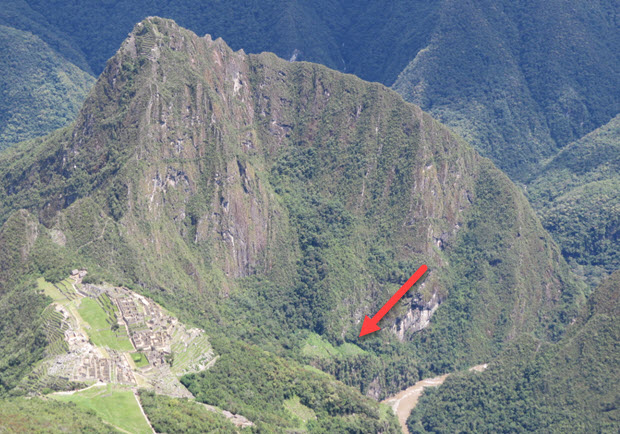
The Andenes Orientales (Eastern Terraces) of Machu Picchu are well on their way to being cleared and restored as part of a new route up to the iconic Inca sanctuary.
Inkaraqay (Km 116)
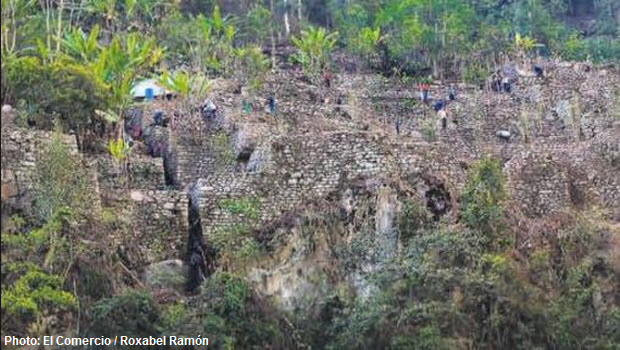
Work continues to clear and restore the Inca site of Inkaraqay, located on the nearly vertical side of the Huayna Picchu, the peak that looms over Machu Picchu.
Several of the Inca researchers, explorers and archaeologists whom I respect most lament the recent transformation of Machu Picchu. The days of freely wandering the sanctuary in contemplative peace and solitude are probably over for good.
This is the inevitable result of Peru’s worldwide campaign, now in its ninth year, declaring Machu Picchu a “Wonder of the World.” Peru is addressing myriad problems that threatened the site — from fixing the inadequate solid waste management to creating alternatives to Aguas Calientes as the sole bottleneck gateway to reach the ruins.
In other words, Peru is now finally coming to grips with what inviting the world to experience Machu Picchu entails. And more people than ever are sharing that awe-inspiring first glimpse of the shining white granite citadel.
Isn’t that the way it should be with cultural heritage of humanity?
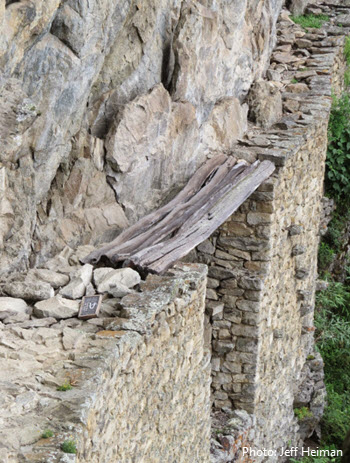
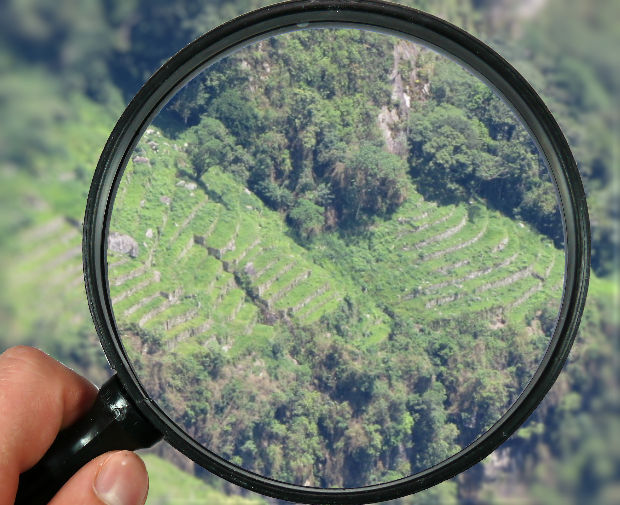
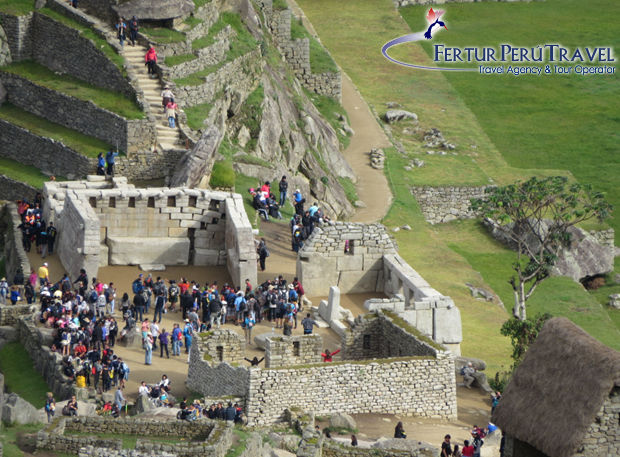
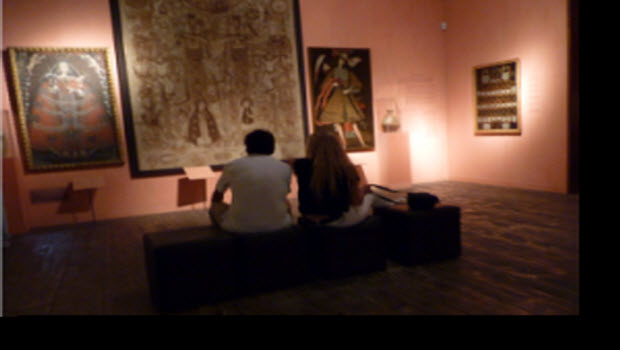 Podcast: Ancient Peruvian Cosmovision
Podcast: Ancient Peruvian Cosmovision 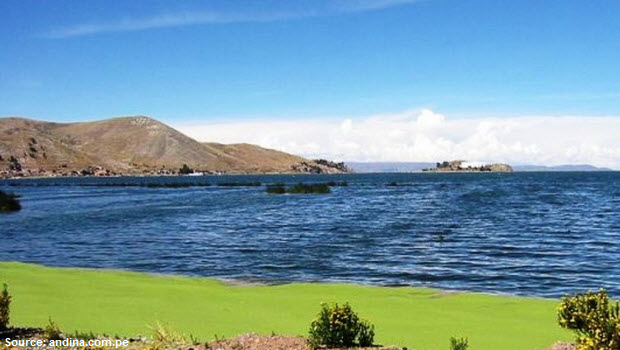 National Geographic Recommends Lake Titicaca among 12 Great Winter Escapes
National Geographic Recommends Lake Titicaca among 12 Great Winter Escapes 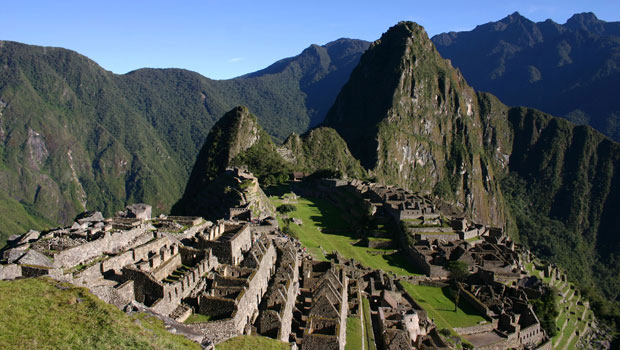 Mandatory tour guides and fixed routes coming soon for Machu Picchu
Mandatory tour guides and fixed routes coming soon for Machu Picchu 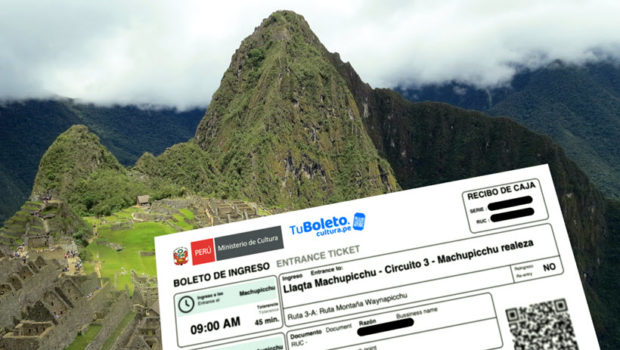 Machu Picchu New Rules in 2025
Machu Picchu New Rules in 2025 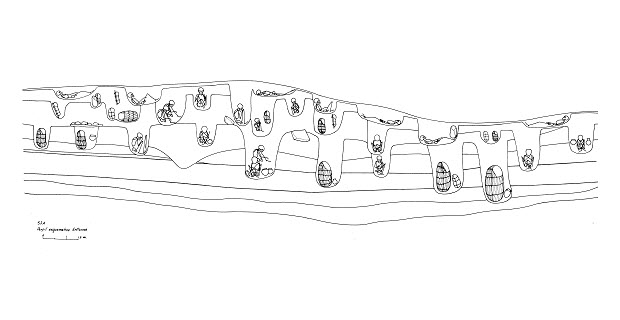 Discovery: The Inca Rebellion of 1536
Discovery: The Inca Rebellion of 1536 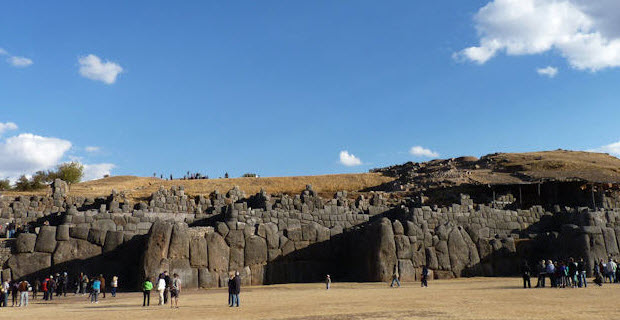 The virtual reality of Inca architecture: Sacsayhuaman
The virtual reality of Inca architecture: Sacsayhuaman  Podcast: Unsolved mysteries of Machu Picchu
Podcast: Unsolved mysteries of Machu Picchu 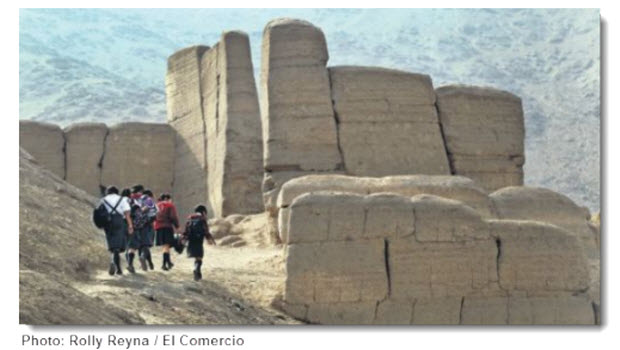 Lost Huacas: the challenge of reclaiming Lima’s pre-Columbian past
Lost Huacas: the challenge of reclaiming Lima’s pre-Columbian past